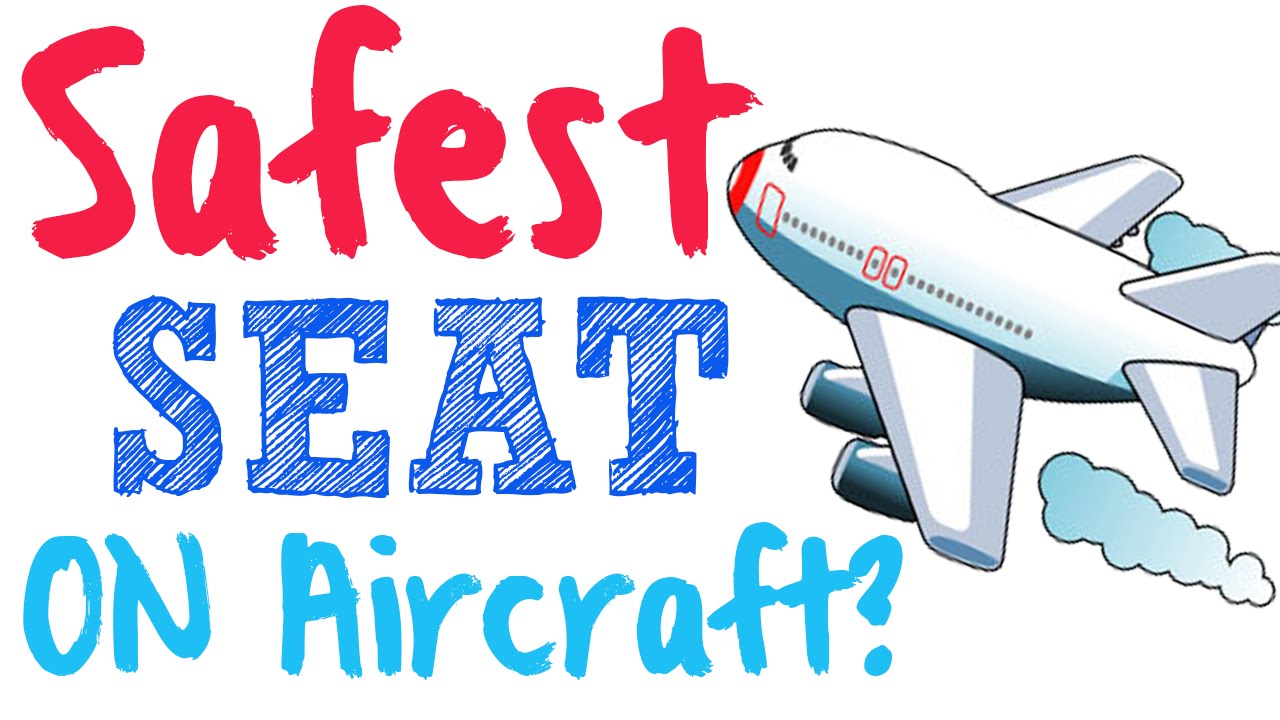There have been an increased number of air crashes over the past few years, which certainly has made people anxious about travelling through air. There have been many questions floating about how to survive an air crash, with this one being the most popular,
“Which seat is the safest on an aircraft?”
Although it is a general perception that seats on the wings of an aircraft are the safest, since it is the strongest part of the plane, many experiments and studies suggest different results.
A documentary called The Crash was filmed on a Boeing 727 crashing while carrying cameras, sensors and crash test dummies built out of breakable “bones” into the Sonoran Desert in Mexico.
After hitting the ground, the cameras and other equipment recorded that the front of the plane along with the first 11 rows of seats – which are usually reserved for business class or premium economy passengers – were decimated by a force of 12G. But as they went further back into the plane, the force fell to around 6G. The conclusion was drawn that plane’s first-class passengers were in larger danger of being killed, 78 percent larger to be exact, than the passengers sitting closer to the rear of the aircraft. This means that sitting at the back of the plane is safer than sitting in the front.
This conclusion was supported by a study by Popular Mechanics carried out in 2007. The magazine analysed that all crashes since 1971 showed that people in the rear seats, mainly behind the wing’s trailing edge were safest, with survival rates of 69 per cent in comparison to 56 per cent for the people sitting over the wing and 49 per cent for those sitting at the front of the plane. So get a seat at the back guys!
When a spokesman for Boeing was made to comment on this, they insisted that no conclusive evidence is available.
“One seat is as safe as another. Especially if you stay buckled up”, he said.
In last year’s study in Mexico, three dummies were placed in the same row, but one one in the brace position with a seatbelt, one buckled up and in normal position while the last one sitting normally without the belt. The simulated crash resulted in the death of only the unfastened traveller.
Also in the case of turbulence, passengers wandering around the cabin and unbuckled were seen to be in the highest chance of suffering injuries from falling luggage or rolling dining carts, meaning in this case a window seat is the best.
The fact of the matter is, the majority of plane crashes are survivable. According to One US government analysis of 568 plane crashes in the US between the year 1993 and 2000, 51,207 people out of 53,487 passengers and crew survived, which is over 90 percent. Even on the worst of crashes, more than half walked away due to adequate evacuation facilities.
According to Airbus, the world’s biggest aircraft, the A380, can evacuate 850 passengers, in pitch darkness with just half of the doors open, in under 90 seconds. This points to the fact that a seat close to an exit would be safest.
Conclusion
Despite all the tension around flying, the fact is that it is very safe. According to the website planecrashinfo.com, the odds of being killed on a plane are 1 in 4.7 million. And by our arguments in the article above, you can raise the odds further by sitting in economy class, buckled up, on the window seat and close to an emergency exit.
Happy flying!


